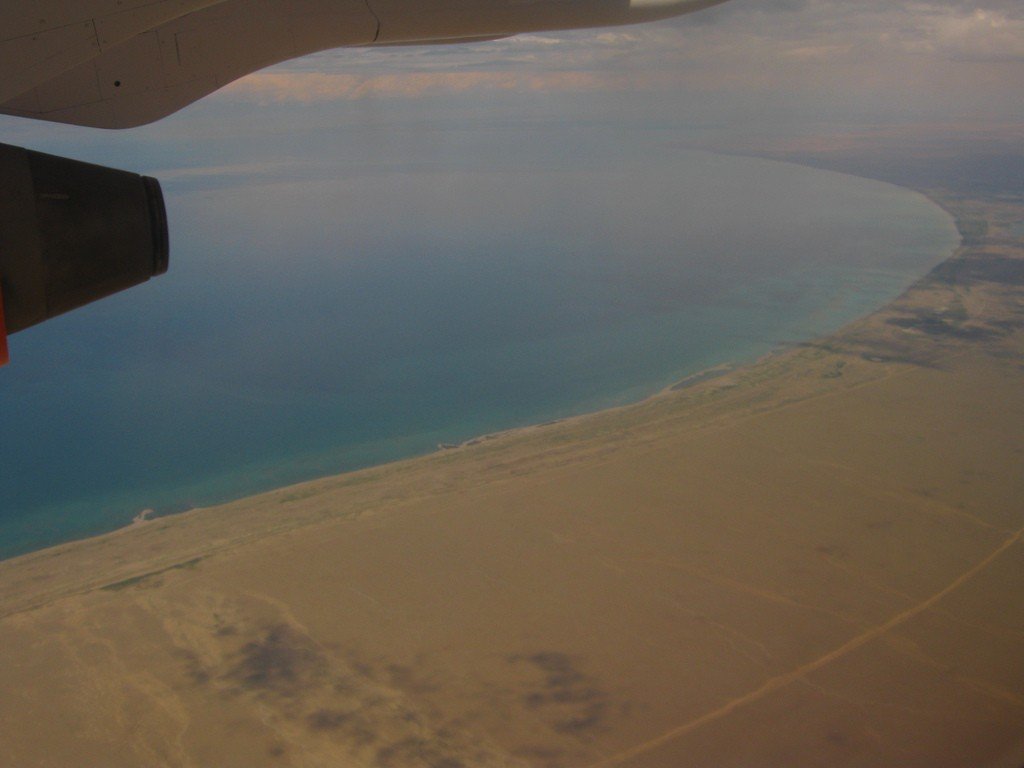Uvs Lake
This attraction is related to the following countries:MongoliaRussiaUbsu-Nur is a drainless salt lake and the largest of Mongolia’s enclosed bodies of water. Ubsu-Nur has an area of 3,350 km², a length of 84 km and a width of 79 km. A small part of the lake is located in the Russian Republic of Tyva. It is located in a vast tectonic depression known as the Great Lakes Basin, where many salt and freshwater lakes are concentrated.










General Information
Ubsu-Nur is located at an altitude of 753 meters in the place of geoclimatic border of Central Asia and Siberia. The basin of the lake is isolated by the mountains of the Western Sayan, Altai and the Hai-Khuhiin-Nuruu range. Several rivers flow into Ubsu-Nur, the largest of which is the Tes-Khem (Tesin-Gol). The lake is subject to drying up. It is known that 10 thousand years ago the area of Ubsu-Nur exceeded 5 times the current water area of the lake.
.The shores of Ubsu-Nur are low and swampy, especially at the mouths of rivers, where extensive reed thickets are formed. There are also stony and sandy parts of the coast. The water composition is maritime, similar to that of the Black Sea. Salinity varies with distance from the mouths of the flowing rivers. The depth of Ubsu-Nur is insignificant, not exceeding 20 meters. This allows the water to warm up to 25° in the upper layers and 19° at the bottom during the short summer months. Ice melt lasts from October to May.
Climatic conditions of the Ubsu-Nur area are extremely harsh. The annual temperature fluctuation is more than 100°. Sweltering arid summers are replaced by severe winter frosts. Nevertheless, this region is home to more than 173 species of birds and 41 species of mammals, including such rare animals as the irbis, argali, Siberian mountain goat
.In ancient times, the vicinity of Ubsu-Nur was inhabited by nomadic Hunnu, Mongolian horse breeders and Yenisei Kyrgyz, from whom burial mounds, deer stones, petroglyphs and runic inscriptions on stones of interest to archaeologists and historians have been preserved. Nowadays the coast of Ubsu-Nur is practically uninhabited, which allowed the ecosystem of the lake to survive to our days practically untouched. Only one species of fish, the Altai osmanthus, is of economic interest..The Ubsunur International Research Center, which studies the ecosystem of the region, has been operating in the area of the lake since the beginning of the 21st century. Also, the entire Ubsu-Nur water basin is a protected area and is among the natural sights of the UNESCO World Heritage Site.
.
Due to its inaccessibility and remoteness from tourist routes, Uvs Nur is practically not visited by tourists. The lake and the rivers flowing into it are very rich in fish and waterfowl. Various animals are abundant in the surrounding forests. The lake itself and its surrounding areas are little explored. There are no settlements on the shores of the lake. It is truly a paradise for tourists, fishermen and hunters.
.